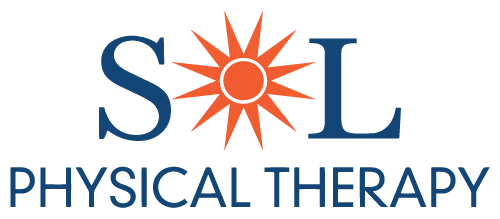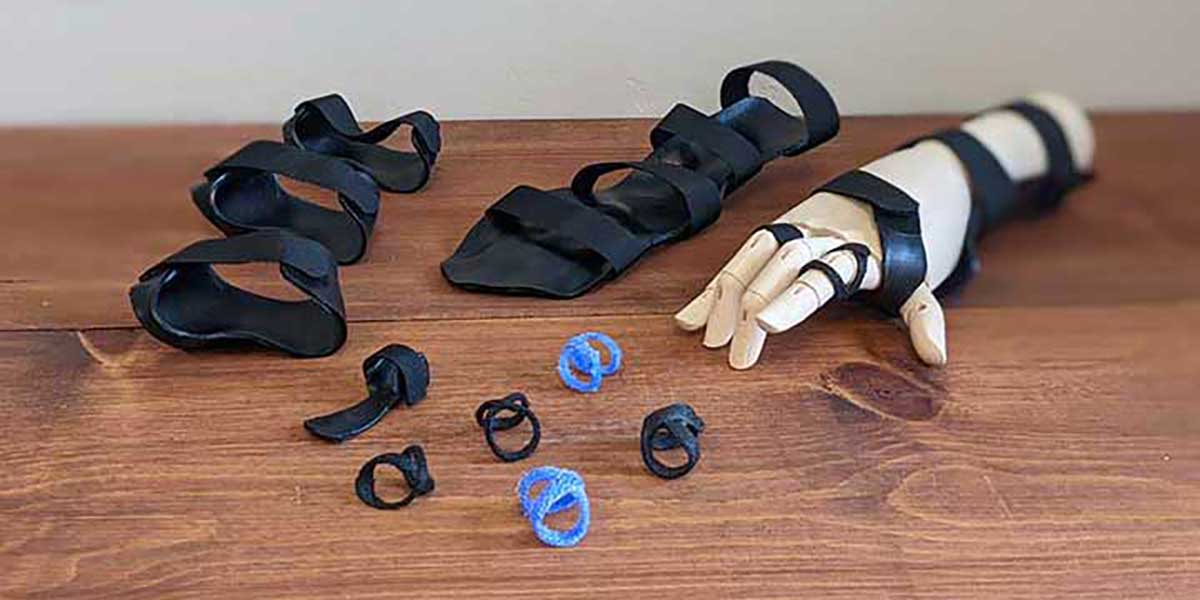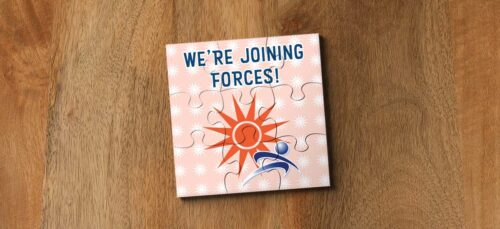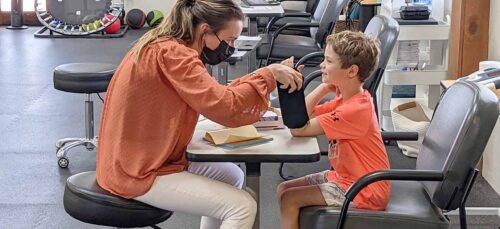A conversation with Stephanie Lendroth, OTD, OTR/L
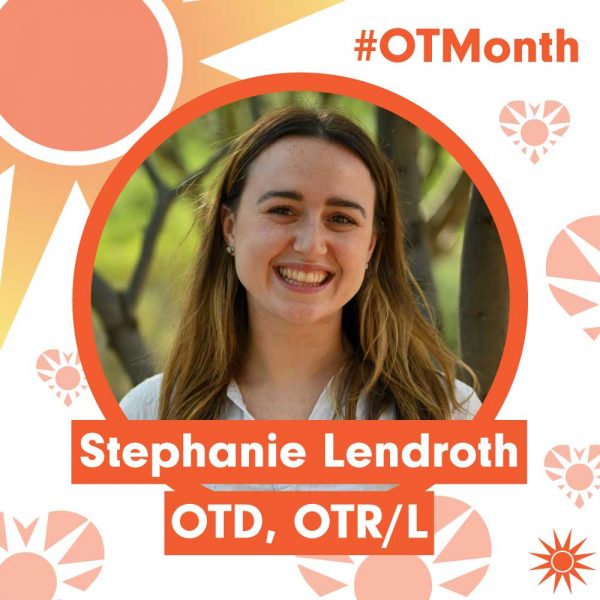
WHY OCCUPATIONAL THERAPY?
My grandma originally gave me the idea to become an occupational therapist when I was in high school. She was receiving home health services and could envision me as an OT someday. Since then, I have volunteered in a variety of settings and worked alongside OTs and PTs to solidify my love for working with people to increase their independence and function with day-to-day activities that can range and vary from getting dressed, preparing meals, and driving.
WHY DID YOU CHOOSE HAND THERAPY?
Injury, illness, or surgery that impacts hand function ultimately impacts the ability to complete ADLs (activities of daily living) without limitations or difficulty to some degree. I loved learning the anatomy and biomechanics of the upper extremity at NAU and enjoy being able to use that knowledge to educate my patients how it corresponds with their engagement in occupations they love to do and need to do.
SO WHAT DOES OTD, OTR/L MEAN, ANYWAY?
“OTD” means I graduated from an occupational therapy doctoral program.
“R” ensures I passed the National Board for Certification in Occupational Therapy (NBCOT) exam and am registered to practice as an OT.
“L” means I’m licensed in the state of Arizona. Each state in the U.S. has different requirements for obtaining a state licensure.
HOW DO YOU BECOME AN OTD, OTR/L?
After receiving my bachelor’s in Psychology from UConn, I took 2 years off to gain experience in therapy working as a technician. I took extra classes to fulfill graduate school requirements and, after being accepted, I attended Northern Arizona University’s Occupational Therapy Doctoral (OTD) program in Phoenix. This program entailed 2 years of didactic learning and 1 year of clinical rotations that included two in hand therapy and one in acute care.
WHAT’S THE FAVORITE PART OF YOUR JOB?
One of my favorite parts of being an OT is making custom orthotics to help position, immobilize, or increase motion depending on injury, diagnosis, and/or surgery. Here are a couple of examples:
CUSTOM HANDWRITING ORTHOSIS
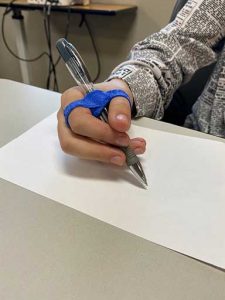
This patient was having difficulty holding their pencil with schoolwork which was resulting in thumb pain. This orthotic is designed to take the pressure or load off of their thumb with hand writing!
DORSAL BLOCK WITH CLAMSHELL AT SMALL FINGER
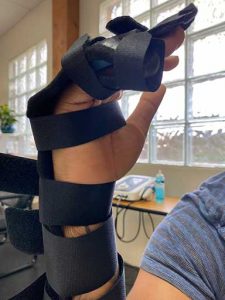
This patient sustained a finger fracture and tendon injury to their small finger and needed an orthotic for protection and immobilization to ensure proper healing.

Stephanie Lendroth
OTD, OTR/L
Occupational Therapist & Hand Therapist
